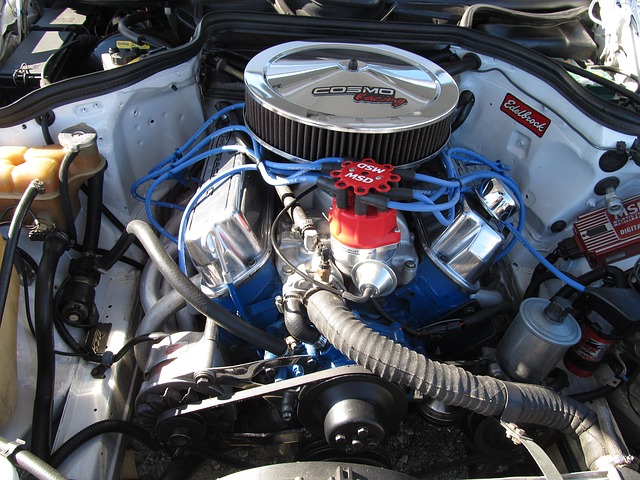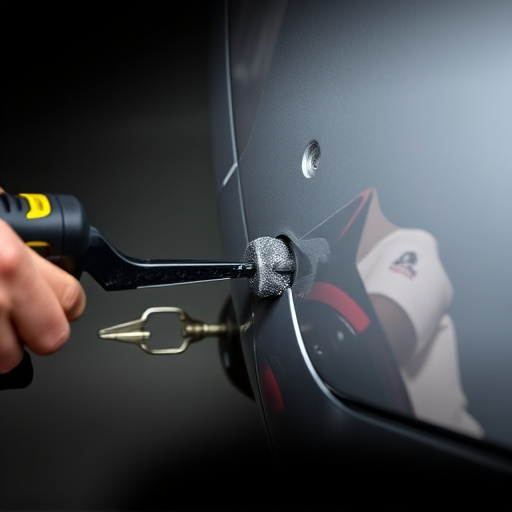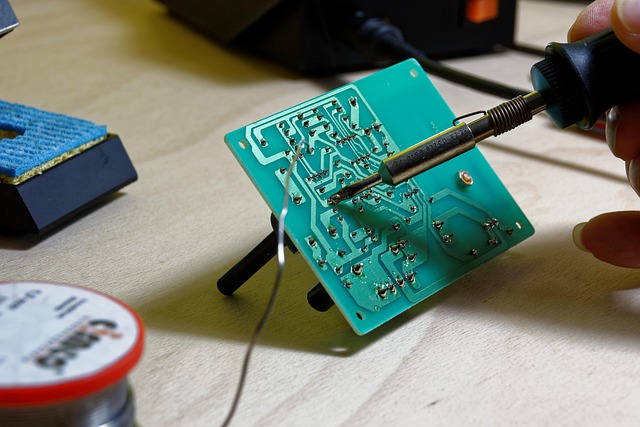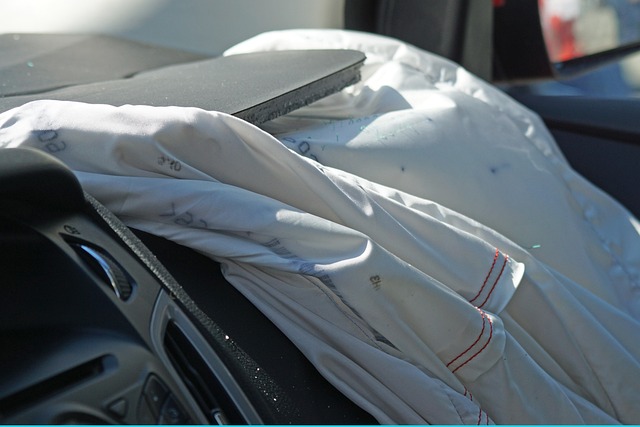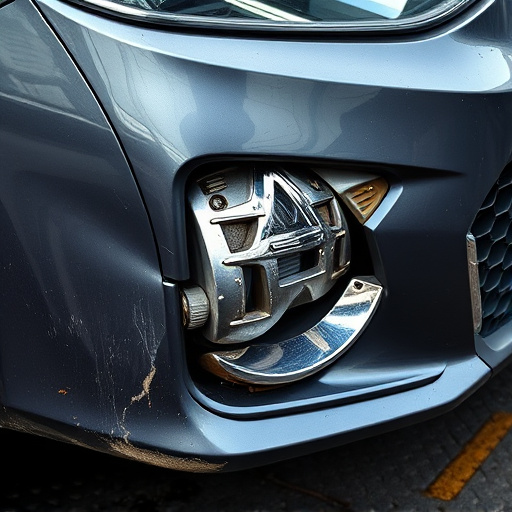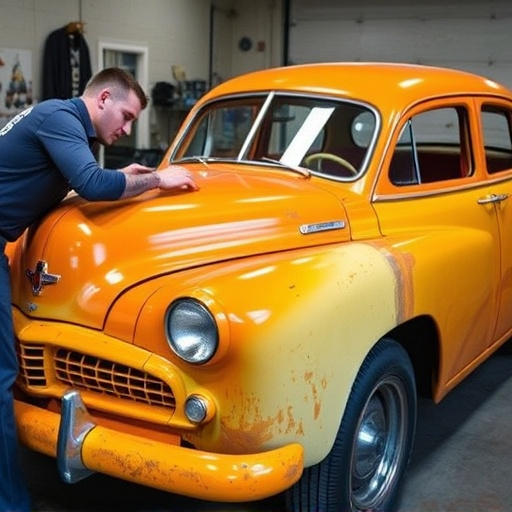Successful rear window repair hinges on understanding and selecting appropriate adhesives. Key factors include material compatibility (glass, metal, plastic), environmental conditions, and frame straightening needs. High-quality adhesives, such as acrylate, cyanoacrylate (super glue), or epoxy, offer robust bond strength, temperature resistance, and moisture protection. Proper application techniques, including surface preparation and curing times, ensure a strong, lasting bond that maintains vehicle safety and structure, preventing future issues like water intrusion.
The success of rear window repair heavily relies on the effective utilization of adhesives, serving as the crucial binding agent ensuring structural integrity and longevity. This article delves into the fundamental role of adhesives in rear window repairs, exploring different types suitable for various materials and conditions. We outline best practices to guarantee optimal performance, offering a comprehensive guide for professionals and DIY enthusiasts alike to achieve lasting results in their rear window repair endeavors.
- Understanding Adhesives: The Cornerstone of Rear Window Repair
- Types of Adhesives Used in Rear Window Repairs
- Ensuring Success: Best Practices for Using Adhesives in Rear Window Repairs
Understanding Adhesives: The Cornerstone of Rear Window Repair
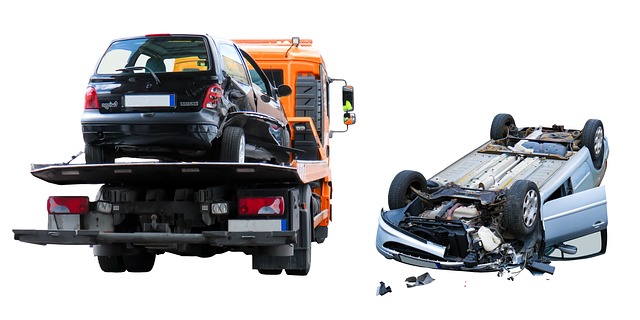
Understanding adhesives is key to achieving successful rear window repair. In the world of vehicle bodywork and collision repair, the right adhesive can be a game-changer, ensuring a robust and long-lasting fix. Adhesives play a critical role in securing replacement windows, offering structural integrity and weather resistance, which are essential for maintaining the safety and aesthetics of a vehicle’s rear view.
Choosing the suitable adhesive for rear window repair involves considering factors like compatibility with materials (glass, metal, or plastic), environmental conditions, and the specific requirements of frame straightening. In terms of performance, high-quality adhesives provide strong bond strength, resistance to temperature fluctuations, and protection against moisture penetration—all vital aspects for a successful and lasting rear window repair that ensures clear visibility and driver safety on the road.
Types of Adhesives Used in Rear Window Repairs

In the realm of rear window repair, the choice of adhesive is paramount to ensuring a successful and durable fix. Auto body work experts typically employ a variety of adhesives tailored for specific needs. Acrylate-based adhesives are popular due to their strong bonding capabilities and resistance to weathering, making them ideal for both structural integrity and aesthetic restoration in car body shops. These adhesives effectively seal the rear window in place, offering a robust solution for auto frame repair.
Furthermore, cyanoacrylate (super glue) is often used for its instant adhesion and versatility, particularly in situations where quick repairs are needed. Epoxy adhesives also find application in rear window repair, especially when dealing with complex or oversized glass panels. This diverse range of adhesives ensures that every rear window repair job, whether simple or intricate, can be accomplished efficiently, ensuring the safety and integrity of the vehicle’s structure.
Ensuring Success: Best Practices for Using Adhesives in Rear Window Repairs
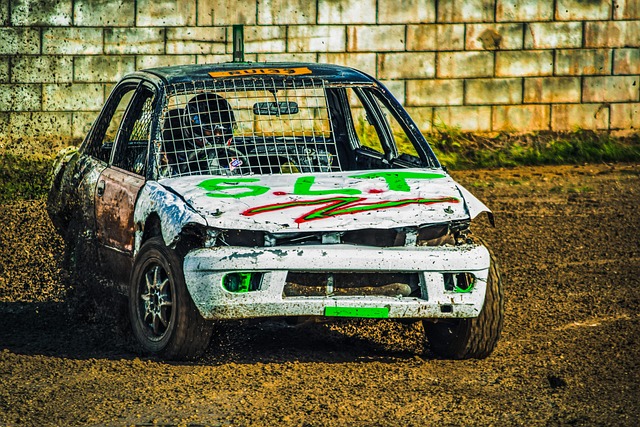
Ensuring success in rear window repairs hinges on proper adhesive use. The chosen adhesive must be compatible with both the existing car paint services and the new auto glass repair, ensuring a strong, lasting bond. Following best practices is paramount; this includes preparing surfaces thoroughly before application, using the recommended amount, and adhering to curing time guidelines.
Professional auto repair shops emphasize the importance of choosing high-quality adhesives designed specifically for automotive applications. This not only guarantees a secure fit but also minimizes the risk of future issues like water intrusion or weakened structural integrity. Proper adhesive selection and application techniques are key factors in achieving long-lasting, seamless rear window repairs.
In conclusion, the success of rear window repair heavily relies on the effective utilization of adhesives. Understanding the properties and selecting the right type for the job are paramount. By adhering to best practices, such as surface preparation and application techniques, professionals can ensure a robust bond that stands the test of time, providing long-lasting solutions for vehicle owners. These adhesive strategies, showcased in this article, are essential components in achieving superior rear window repair outcomes.



